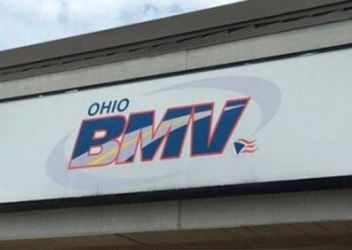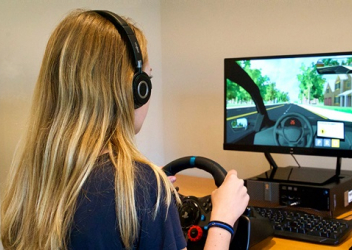Teen Driving Safety Reports
The Young Driver Safety Research Team at the Center for Injury Research and Prevention at CHOP has published several teen driver safety research reports. The most current teen driving safety reports are included here.
Reports that have informed teen driving safety research and policy over the past decade may be accessed in the completed and foundational research section of this website.
Reports
- Ohio Portable Driver Simulator System PilotDownload
This research brief provides a detailed report on progress and findings for the first 14 months of the Ohio Portable Driver Simulator System (PDSS) pilot. In the pilot, the Ohio Department of Public Safety (ODPS) and the Ohio Bureau of Motor Vehicles (OBMV) implemented a previously validated virtual driving test at five Ohio licensing centers as a screener for the driver’s license on-road exam.
- Center for Child Injury Prevention Studies (CChIPS) Annual ReportsLearn more
The Center for Child Injury Prevention Studies (CChIPS) publishes annual reports that feature unique teen driving safety research projects. These projects are also featured in the Center's 10-Year Anniversary Report and Timeline. The CChIPS research portfolio is continually evolving by utilizing the latest technology research tools to address current challenges and emerging issues in teen driver safety, as guided by science and Industry Advisory Board (IAB) member companies. Access them here.
about menu
- About CIRP
-
Research
- Concussion and Brain Health
- Injury Rehab and Biomechanics Engineering
-
Road Traffic Protection
- Child Passenger Safety and Behavioral Science Research
- Crash Avoidance and Autonomous Vehicles
- Low Acceleration Time Extended Events
- Motion and Muscle Activation of Young Volunteers in Evasive Vehicle Maneuvers
- Older Driver Safety
- Pedestrian and Pedalcyclist Safety
- Completed and Foundational Research Projects
- Transportation Equity
- Traumatic Stress
- Violence Prevention
-
Young Driver Safety
- Driver Licensing and Training
- Medical Conditions and Driving
- Neurodevelopmental Differences and Driving
- Neuroscience of Driving
- Virtual Driving Assessment
-
Completed and Foundational Research Projects
- Distracted Driving
- Driver’s License and Crash Patterns
- Evaluation of Community Outreach Programs for Teen Driver Safety
- GDL Compliance and Enforcement
- Improve Teen Driver Behaviors
- National Young Driver Survey
- New Jersey GDL Decals and Vehicle Identifiers
- On-Road Assessment to Drive Safe
- Simulated Driving Assessment
- TeenDrivingPlan
- Research Tools and Data Resources
- Publications
- Training Opportunities
- Educational Resources
About CIRP
Research
Training Opportunities
Educational Resources






